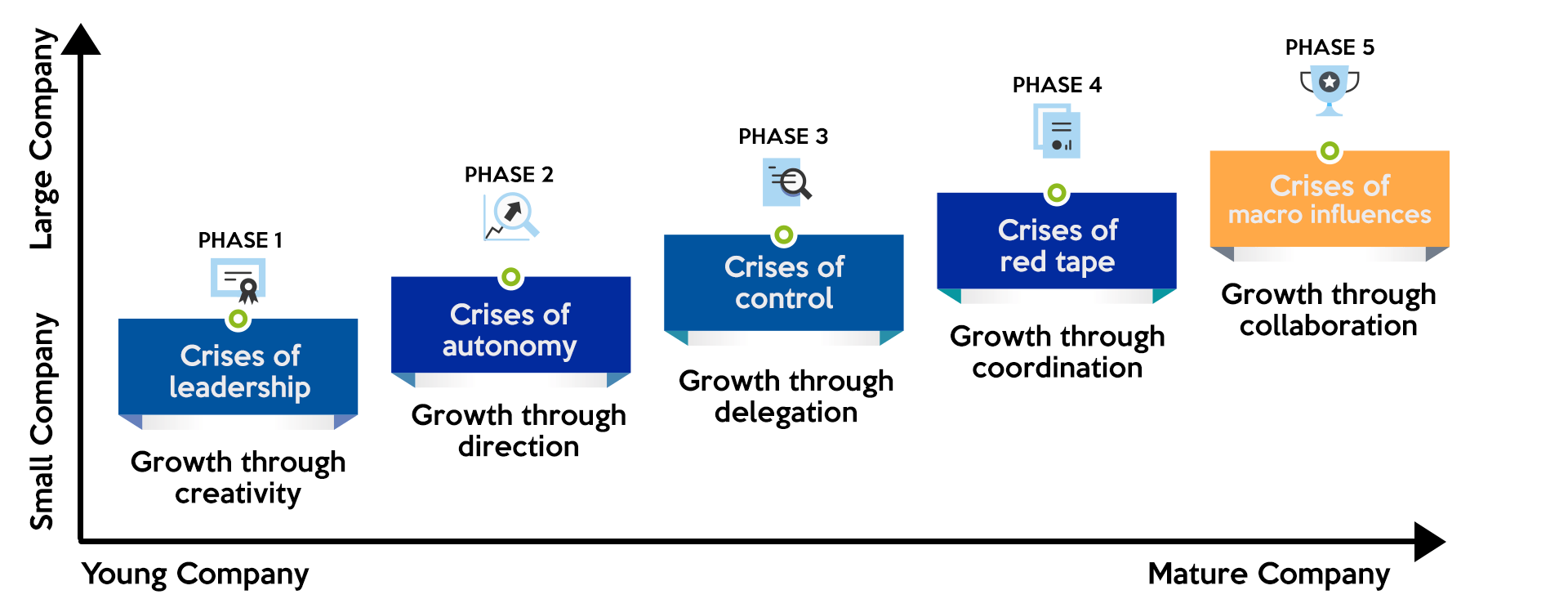Communication Principles for Business Leaders
When things are breaking, when projects are failing, and your company is struggling to perform at just a basic level; it’s not the macro business environment. It isn’t a generational difference. It isn’t the latest employee trend or something in the water. These issues persist because it’s a failure of communication.
We can never “over communicate” with our partners, our managers, our team members or with anyone related to our business.
Clear communication is the heart of business. It pumps blood into every aspect of the business. It’s the throughline of each initiative, training, standard operating process and vision.
Your business can have the best of anything. But it has absolutely nothing without exacting communication.
Here are basic communication laws that need to be followed.
The Rule of 3 And 10
Hiroshi Mikitani, CEO of the Japanese company Rakuten (think Amazon) is believed to have been the originator of the Law of 3 and 10.
He observed that at patterned intervals of a businesses’ growth, eventual breakdowns happen and new systems of communication need to be installed. These intervals are clocked at the growth of employees going from one employee to three. From three to ten. From ten to thirty. From thirty to one hundred and so on.

A company led by just one individual needs no change in communication or processes to complete their business role. However, just the addition of two more people means that new communication efforts need to be made. The one individual simply cannot operate in isolation. He’s been recruited into the band now. Going it solo, will just lead to the break-up of the band.
Same principle applies when going from three to ten. New layers of management are added. Specific job duties are now assigned to individuals. An overhaul in communication efforts needs to be made at this interval.
Evaluate how your company communicates. Are there breakdowns happening and when did they start? If you’ve passed these 3 and 10 intervals without any overhauls to communication systems amongst your team, you need to. Or, start building out a system for the next 3 and 10 intervals on the horizon.
Communication In The 5 Stages of Small Business Growth
In their exhaustive analysis of small business phases, Neil C. Churchill and Virginia L. Lewis once wrote for the Harvard Business Review their observations and data into specific and predictable small business growth eras.

When we review this mode, we can clearly see the importance of communication required of leaders to get past each phase and associated crises. All phases, except Phase 1, require a laser focused effort to communicate to overcome their associated crises.
Phase 2 – Crisis of Autonomy requires direction to lead the company into their new evolving phase. Like a coach on the sidelines of a little league soccer game, leadership needs to clarify and repeat the direction of the goal. Does every team member have a clear sense of direction?
Phase 3 – Crisis of Control requires delegation. Could there be a more “on the nose” example of when communication is of the utmost importance? It’s during this mid phase of a business growth that communication will be the usher into longevity or exacerbate the decline of the company.
Phase 4 – Crisis of Red Tape requires coordination. Who communicates with who? How often? How effective is their communication? Are there team members who hoard information?
There is a scene in the 2019 Ford V Ferrari movie, where Caroll Shelby sits in the lobby outside the office of the CEO Henry Ford II and witnesses the crippling effects of “red tape”.
Carroll, who is used to a small and nimble team, witnesses a manilla folder go through three sets of hands that each make edits and redactions before it gets to Henry. On the cusp of being fired, Carroll tells Ford how he saw that folder now in Henry’s hands go through multiple people who each made their adjustments. He asks, how many others touched it before it even got to the CEO’s office.
His point being; Ford bureaucracy and red tape is leading to the demise of their goal to create the Ford Mustang that can beat Ferrari. If Ford can help Shelby remove the new level of bureaucracy he’s facing; he can design a car to topple the world’s finest car maker.
Will You Principle
Common practice is that leaders need to “instruct” their team. Or, tell them what to do.
But when was the last time somebody told you to do something that you agreed to do, whole heartedly, with diligence and ownership of the task?
The answer is a very likely never.
When being told to do something, we automatically lose a degree of autonomy. The decision for our future actions is being dictated by someone else. It immediately becomes a one-way mode of communication. Though normal, it cuts against the very nature of being human which is to be valued, seen and heard.
Asking will get you further.
When you ask a team member to complete something, you’ve given them permission to answer with a sense of autonomy and dignity. You open up a two-way communication mode. One that allows the receiver to respond and give feedback.
In their journey to respond they are more than likely going to ask clarifying questions. This increases the necessary communication to speed up the trajectory of the task being accomplished rather than allowing the lack of knowledge to paralyze a team member into inaction.
Questioning a team member to complete a task means that when they commit, they’ve committed to doing it to themselves as well.
You are better off asking yourself “Will I commit to completing this exercise” “Will I commit to being a better companion” “Will I get up earlier to accomplish the task I have been putting off” than simply telling yourself that you’re going to do it.
Same for team members.
“Will you commit to mentoring our new hire?” Will elicit more action than “I need you to mentor the new hire.”
Speakers talk. Leaders communicate.

